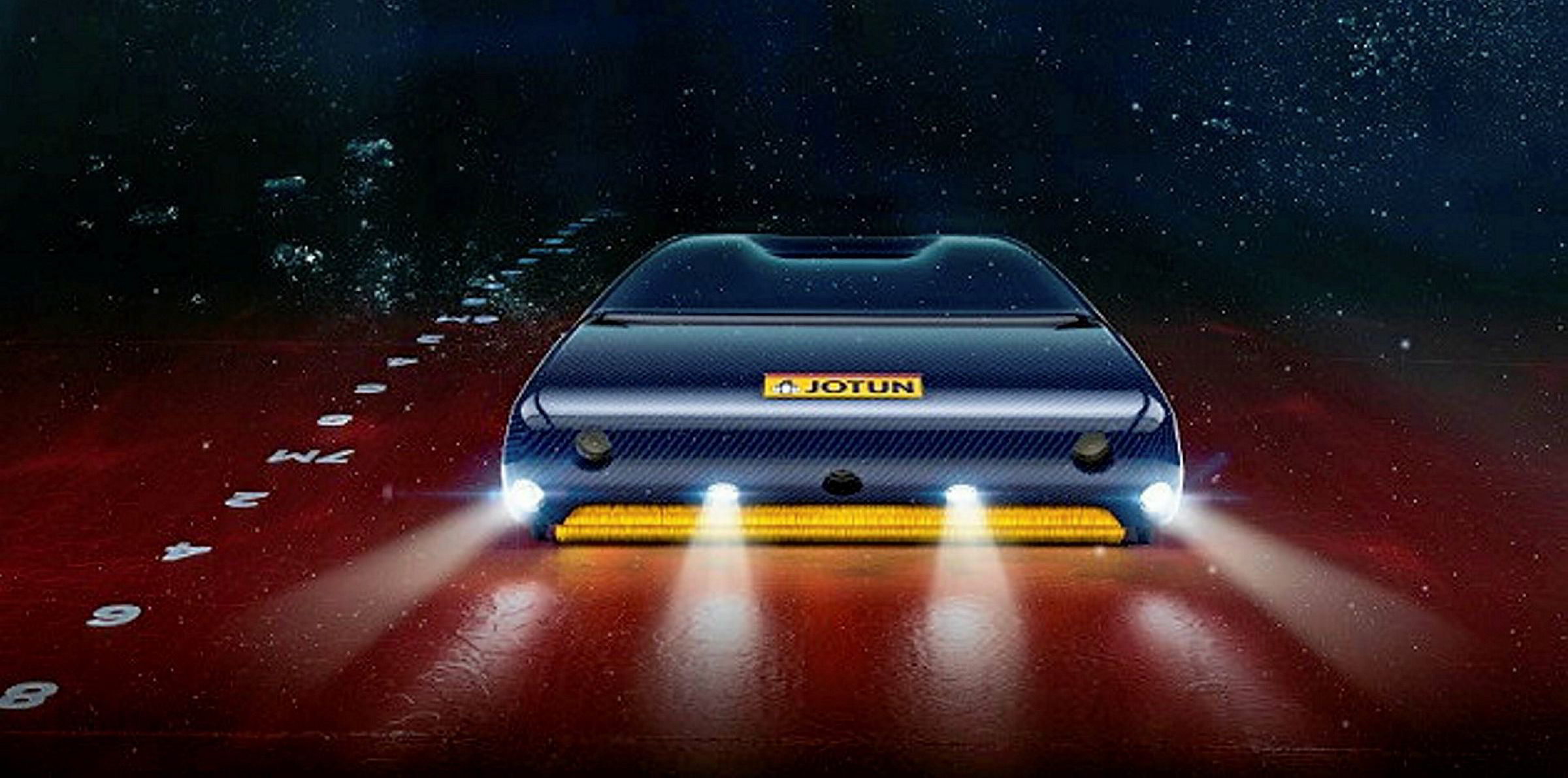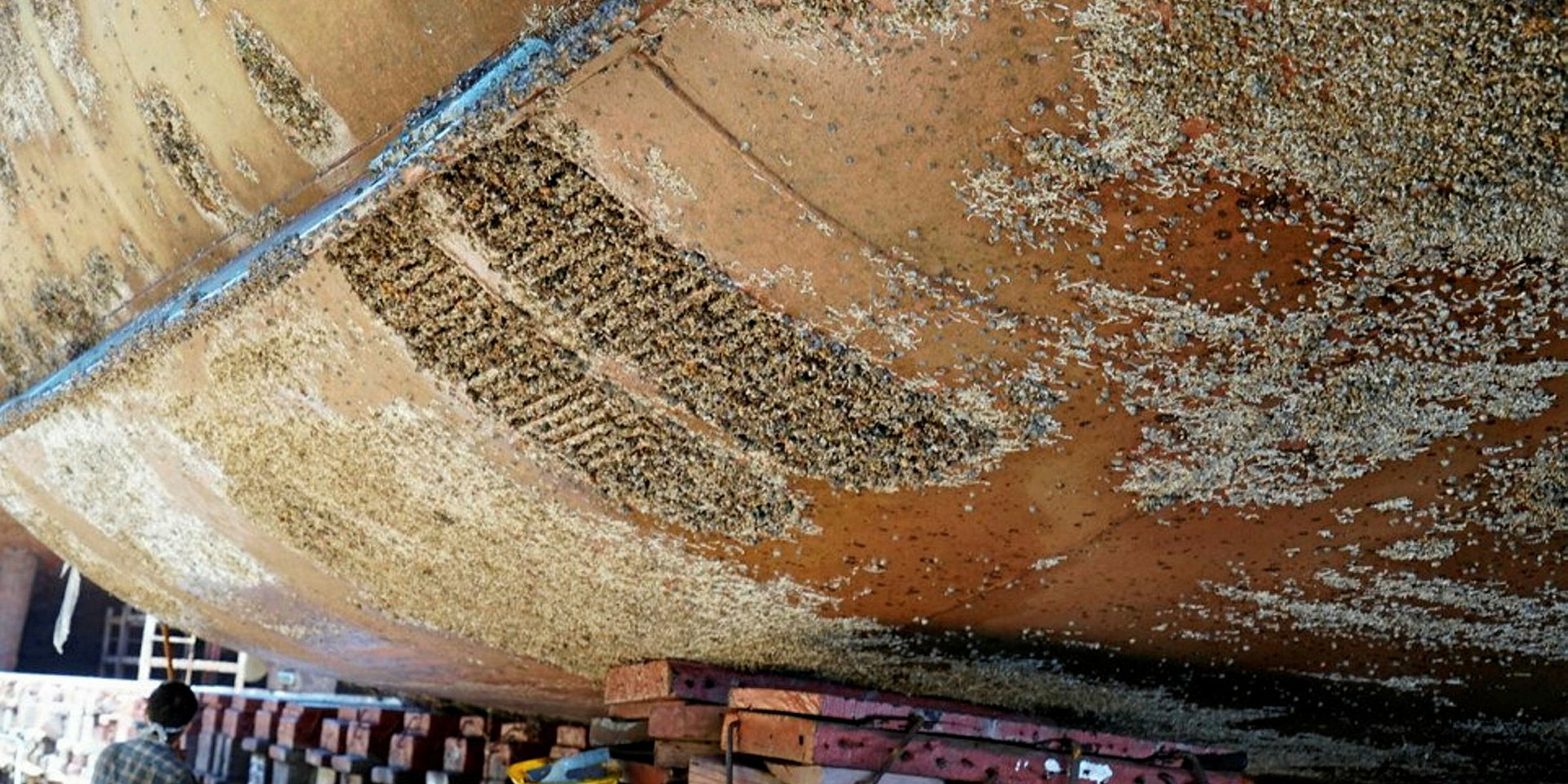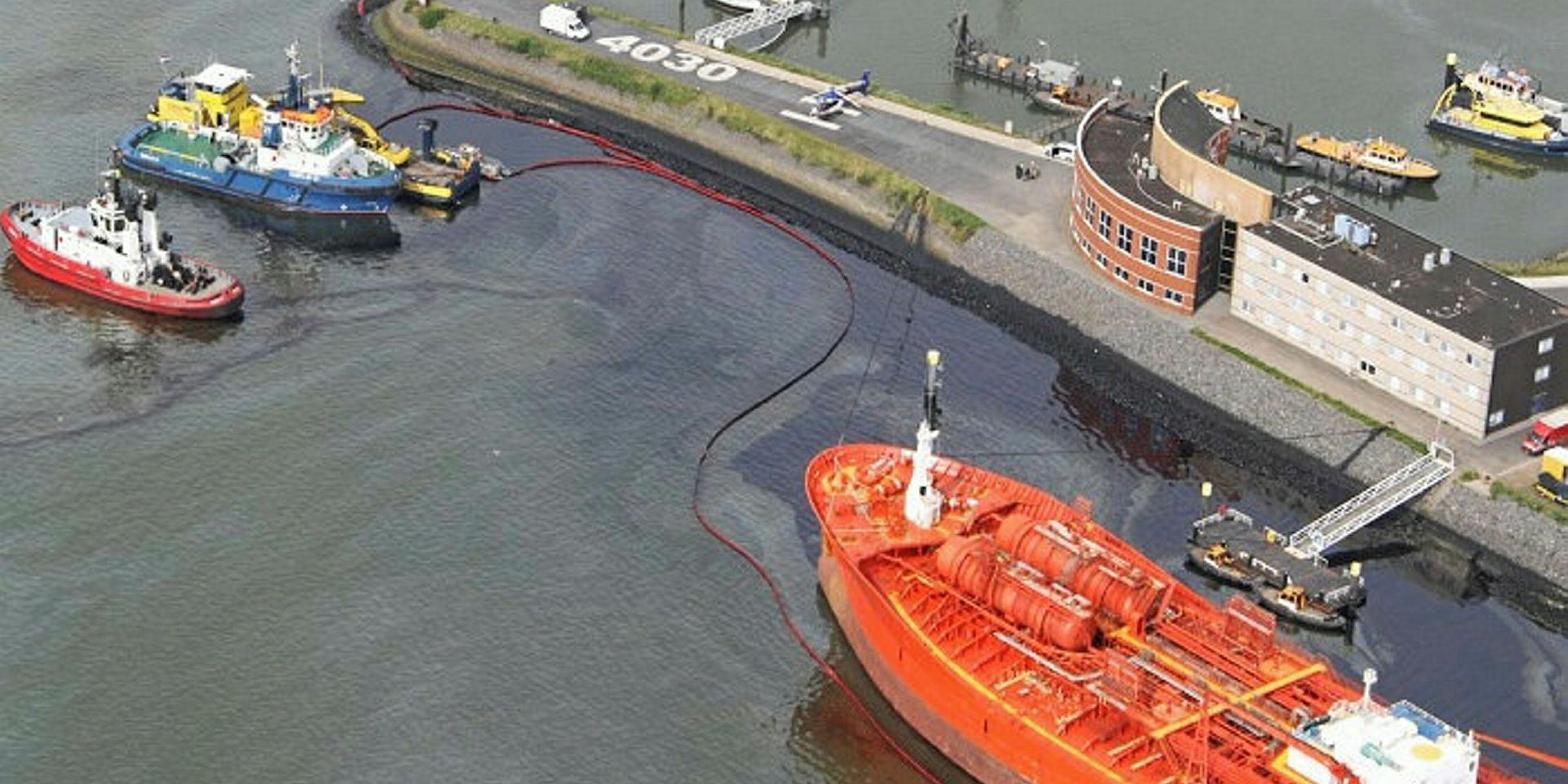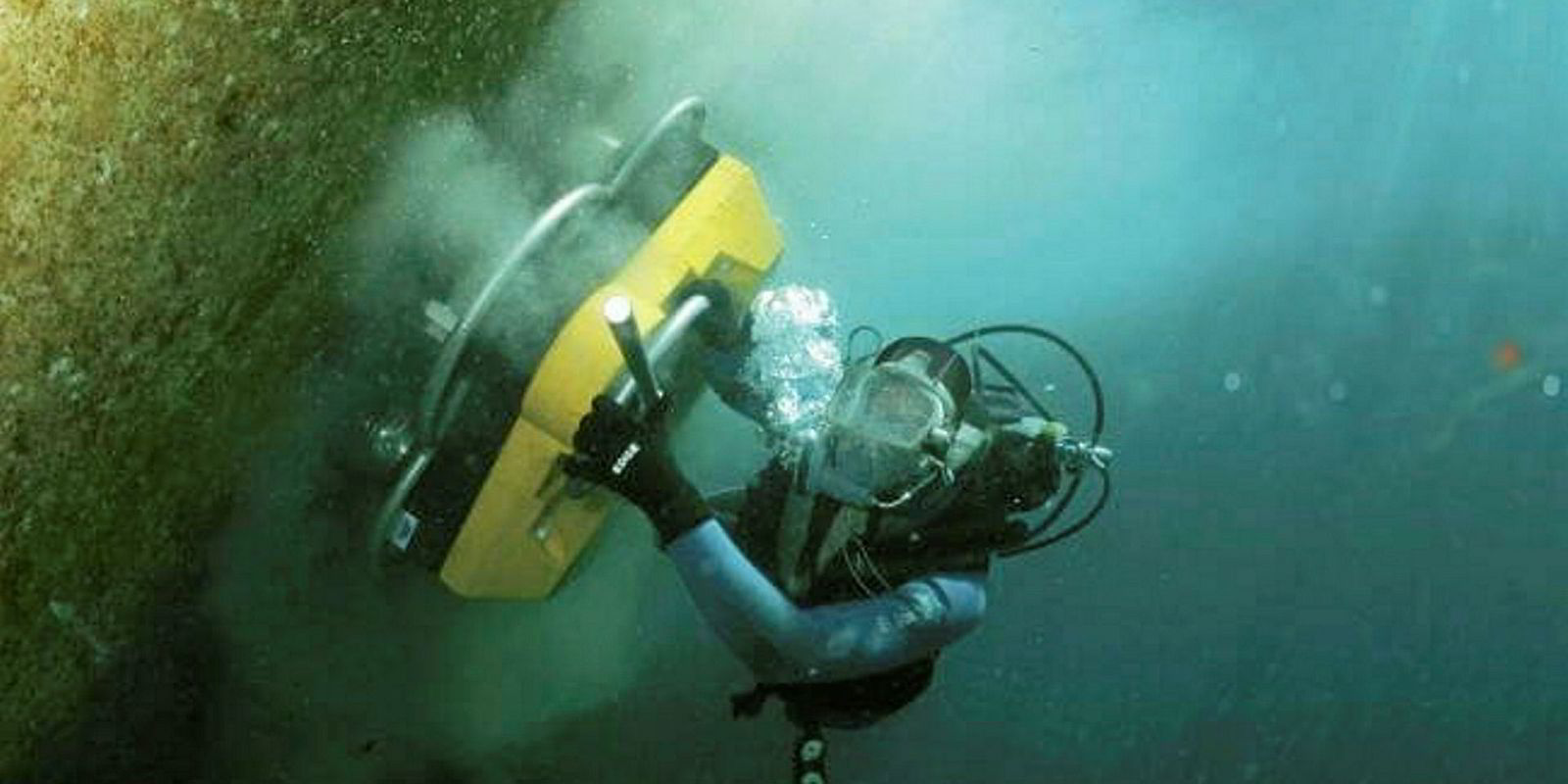A legion of hull-cleaning, machine-learning robots are set to be deployed to dozens of vessels by October 2021, with the aim of helping shipowners reduce fuel consumption and maintenance costs.
Developed by a Scandinavian consortium led by Norway-based paint provider Jotun, the HullSkater promises to address fouling problems at their root.

Geir Axel Oftedahl, marine business development director at Jotun, told TradeWinds that the underwater robotics product would be rolled out to 50 select ships in the 18 months from March — when the concept was first launched.
These vessels are managed by first movers including Maersk, Berge Bulk and Wallenius Wilhelmsen Logistics.
“We want to be absolutely sure that we are rolling out the technology at the pace that we're able to handle in terms of service and support,” Oftedahl said.
“We will do it in a controlled way because this is quite a new technology.”
The HullSkater robot, designed by Semcon and manufactured by Kongsberg Maritime, is about 1.6 metres long and one metre wide with four magnetic wheels to grip the hull, and weighs about 200kg.
24-hour support
With data support from Telenor, Jotun will remotely control the vehicle-like device around-the-clock from an operating centre in Norway.
“The HullSkater is kept on board at all times," Oftedahl said. "It is a part of the anti-fouling system.”
The Jotun centre has been gathering oceanographic and vessel operational data since 2011 to determine how fouling issues develop on ships.
Once the probability of fouling exceeds a threshold on a particular vessel, the HullSkater would run an inspection and cleaning mission, lasting two to eight hours, when the vessel is in port or at anchor.
“Since we immediately inspect, we have a feedback loop to our algorithm where we are able to continuously improve the veracity in its prediction,” Oftedahl said.
With many vessels at anchor or moored during the pandemic due to weak demand or floating storage use, experts have warned that the industry is potentially facing large costs from hull fouling.
The growth of shells, aquatic plants and other organisms on vessels under waterlines would lead to more fuel consumption, and serious hull-fouling requires professional cleaning services from divers or remotely operated vehicles (ROVs).
Jotun’s HullSkater can be seen as a type of ROV, with a greater focus on artificial intelligence and a slightly different market position.
Soft brushes
HullSkater uses brushes to clean soft fouling — otherwise, once the fouling becomes hard, cleaning services' providers will need to use methods that could take away some of the paint and reduce the life of the coating.
“We actually see conventional hull-cleaning companies as complementary rather than competing,” he said. “If our system should fail, we will have to go to the cleaning companies and get the hull back to target condition.”
Jotun offers the HullSkater as part of an annual painting package, rather than selling it separately. Oftedahl said his company would cover cleaning costs should the robot fail to prevent hard fouling.
Simon Doran, managing director of HullWiper, which offers ROV cleaning, praises the Jotun offering as “clever” as the robot can add value to its coating products. But he expresses concerns over its potential environmental impact.
“I believe cleaning brushes add microplastics into the water column,” Doran said.







